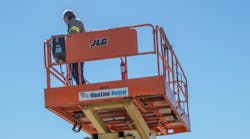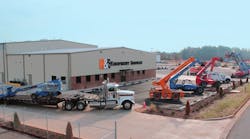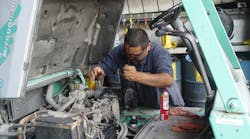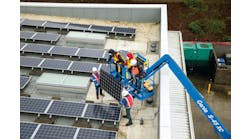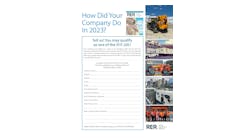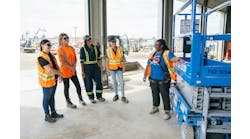The latest five-year forecast for the equipment rental industry released by the American Rental Association remains positive, despite several economic factors that point towards more modest increases during the next five years. The ARA now projects equipment rental revenue reaching $55.5 billion in the United States in 2020.
The numbers, updated at the end of October, reflect recent changes in the marketplace as the forecast calls for industry revenue to increase by 4.3 percent in 2016 to a record $47.3 billion and to grow another 3.4 percent in 2017 to reach $49 billion.
“While we are forecasting a gradual slowing in the growth of rental revenues in this quarterly update compared to our last quarter, we are still showing rental revenue growth in excess of the growth in the U.S. gross domestic product,” said John McClelland, ARA’s vice president for government affairs and chief economist. “Our outlook for the equipment rental industry continues to be positive and our scenario analysis suggests that if a mild recession were to hit the U.S. in 2017 – of which there is a 20 percent chance – there would not be a significant impact on the equipment rental industry because the likely cause of such a recession would be a weakening of economic activity in Europe.”
According to IHS Markit, the results of the U.S. elections will not significantly alter the scenario. Scott Hazelton, managing director of HIS Markit, said political uncertainty, both domestically and abroad, is creating delayed recoveries in oil and commodity markets, which delays investment decisions.
“The result is a somewhat slower pace of economic activity, particularly in capital goods intensive markets, such as construction and energy exploration,” said Hazleton. “However, the U.S. economy remains fundamentally solid and some domestic uncertainty will dissipate after the election. The result is a modest reduction in expected rental revenue growth. However, the outlook continues to be one of growth and growth that will outpace the broader economy.”
Canada experienced a 0.1 percent decline in equipment rental revenue in 2016, but is expected to rebound with 4.2-percent growth in 2017 to reach $5.1 billion, followed by growth rates of 4 percent in 2018, 4.3 percent in 2019 and 4 percent in 2020 to total $5.8 billion, according to the ARA Rental Market Monitor.
